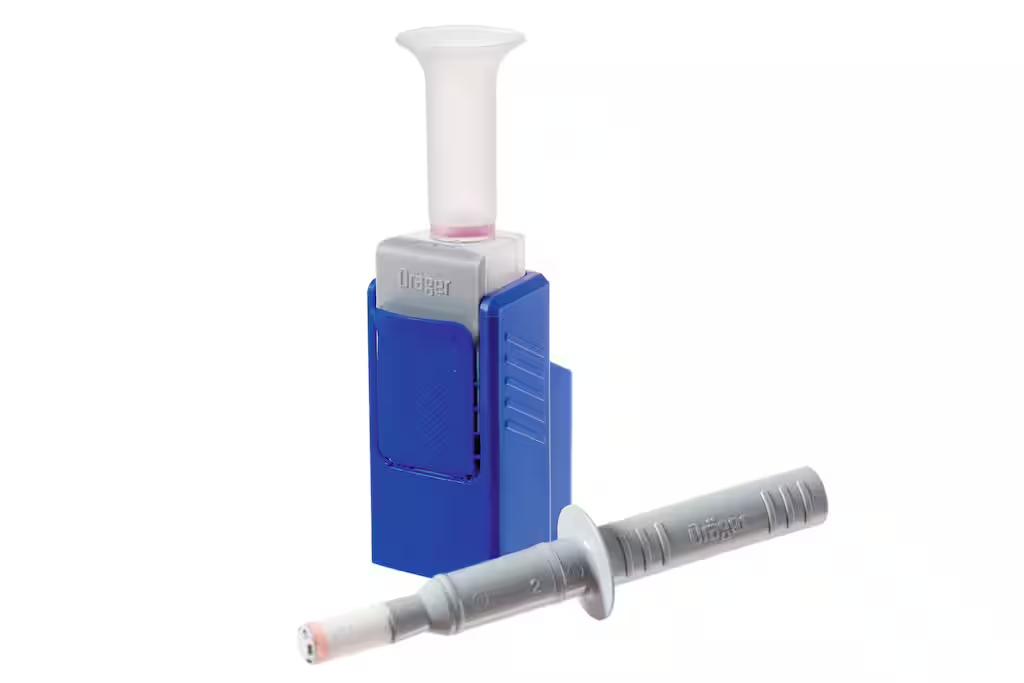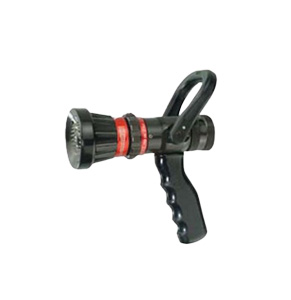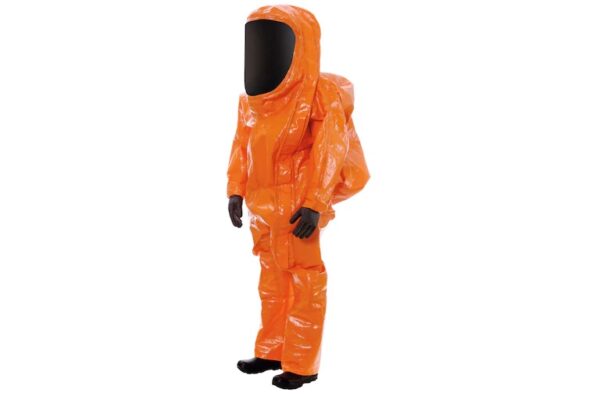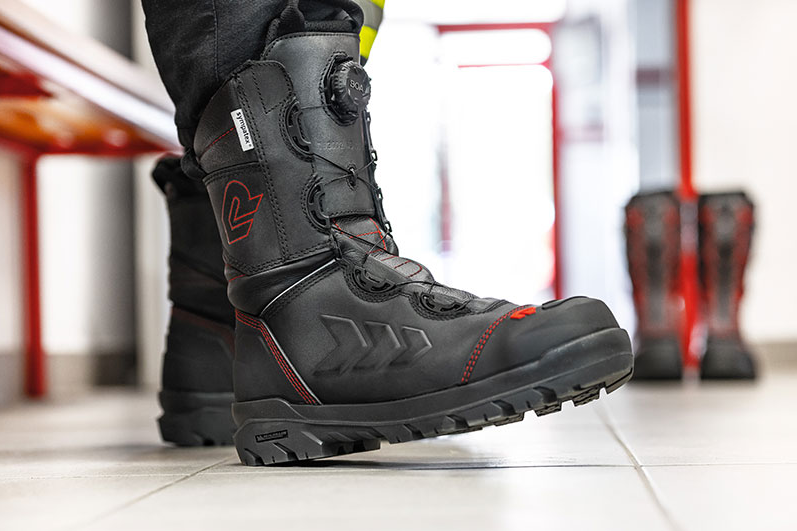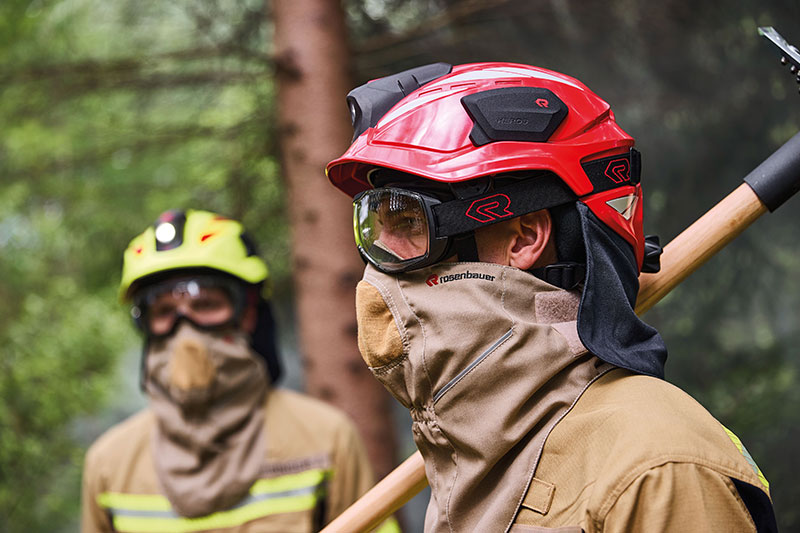The DrugCheck 3000 consists of two components: an hygienic sample collector for obtaining a saliva sample, and a test cassette for the analysis. The test cassette contains the buffer liquid and a window with two test strips, which displays the control and test lines. The drug test itself is performed in three easy steps: swab the saliva sample, shake the test kit, wait for a brief incubation period, and then start the test. A colour indicator on the swab disappears as soon as it has absorbed enough oral fluid for a test.
In case of a negative Test result, a line will appear alongside the respective substance class (drug). As soon as the lines appear in the result window, you can read the results. This means that none of the target substance was detected in the sample. If a line fails to appear next to one of the substance classes, then the result for this substance is positive.
With the DrugCheck 3000 test kit, you test the subjects for up to seven substance classes simultaneously. Depending on the version, the test can detect the following 7 substance classes: Cocaine, Opiates, Amphetamine, Methamphetamine/Designer Drugs (ex. ecstasy, MDMA), benzodiazepines (e.g. in medications), oxycodone and cannabis (THC). Of all the substance classes listed, cannabis is the drug consumed most frequently and also the most difficult of all compounds to identify (THC = delta-9-tetrahydrocannabinol). This is why the DrugCheck 3000 was optimised to detect THC, and now offers two measurement options: depending on the chosen waiting time (pre-incubation) of the test there is a fast option with a higher or sensitive option with a lower THC cut-off. The entire drug test only takes 3 – 5 minutes.
Its compact pocket sized design makes the DrugCheck 3000 easy to transport. It can be made ready for use quickly and easily, and is suitable for flexible use applications such as roadside checks and testing in safety-relevant workplaces. The DrugCheck 3000 is intended for forensic applications, as well as for use by laypersons and in the workplace. Observe the local and national regulations for the respective intended use. The test kit has no electrical parts, which makes the drug tester safe to use in hazardous areas and even as point-of-care-testing (POCT).
Dräger has decades of experience in alcohol measuring equipment and drug detection methods. For the DrugCheck 3000, Dräger employed the testing principle of the proven DrugTest 5000 system, which reliably detects even minute traces of THC. The disposable DrugCheck 3000 test kit cannot be manipulated and is particularly hygienic to use.
The recording of drug and/or alcohol test results can often be a manual and sometimes paper-based task. Many of Dräger’s drug and alcohol detection customers instead prefer to automate and digitally capture test results. In collaboration with these customers Dräger developed Dräger add – a smartphone application that, using the smartphone camera and torch, can automatically read DrugCheck 3000 test lines. The use of a smartphone in this way is an industry-first solution. Dräger add can also capture test data such as subject details and smartphone GPS location data. It reduces manual tasks, human error and paper consumption while saving time and objectively recording test data in a novel fashion.
Dräger add also facilitates capturing alcohol test results – wirelessly via Bluetooth when using the Dräger Alcotest 7000 – or via manual data entry for any other breath alcohol device. Dräger add can be tailored to your needs and processes. In addition, it is possible to view statistics on recorded test data, export customisable PDF test reports and generate printouts using the Mobile Printer BT. The Dräger add app is available for Android and iOS operating systems.
The test data can be automatically uploaded from the mobile device and stored centrally for authorised users to access anytime, anywhere. The web application provides management options for all test data, including analytical tools such as a heat map and various charts and filter options. More detailed information about specific tests and their status can be found on the details page providing a comprehensive view of test operations.



